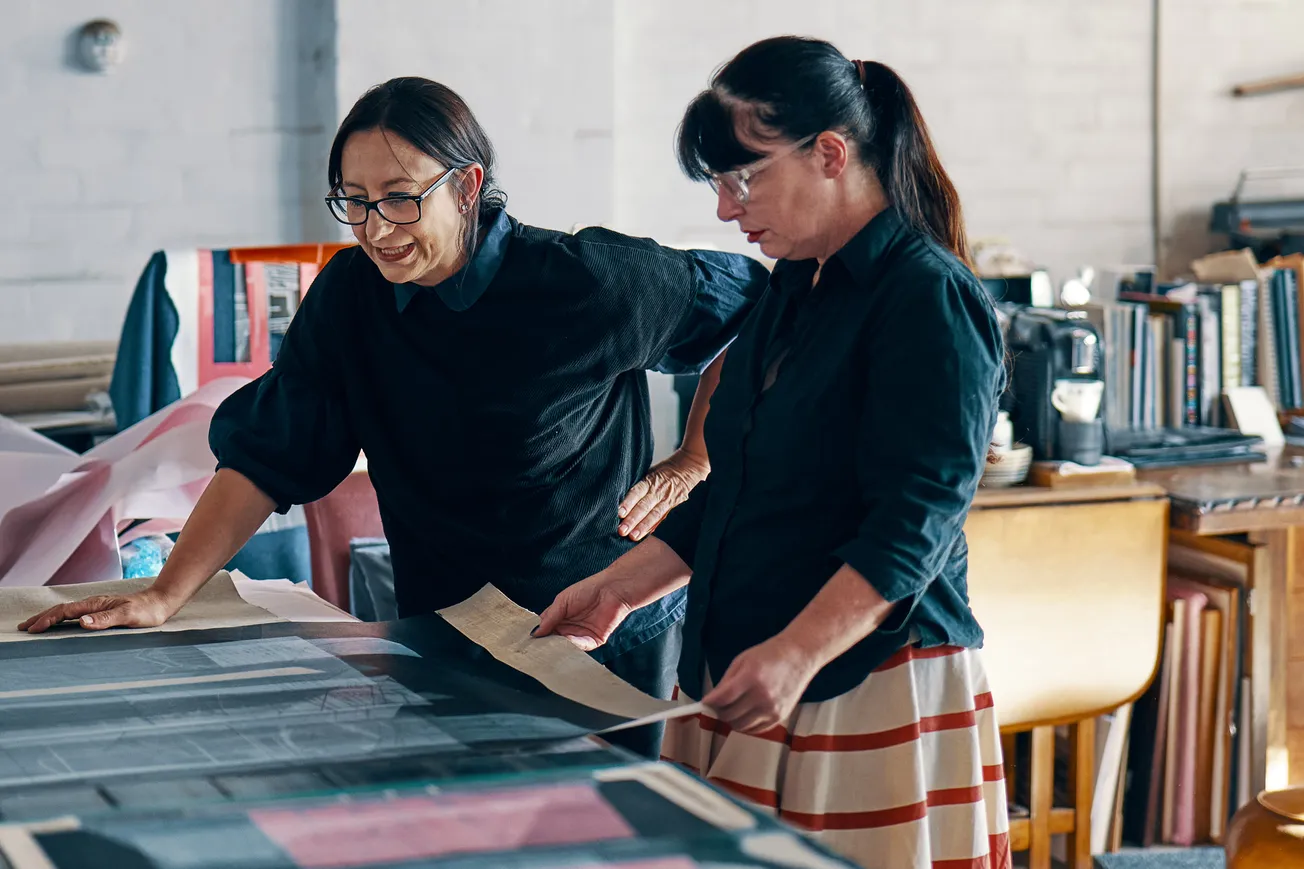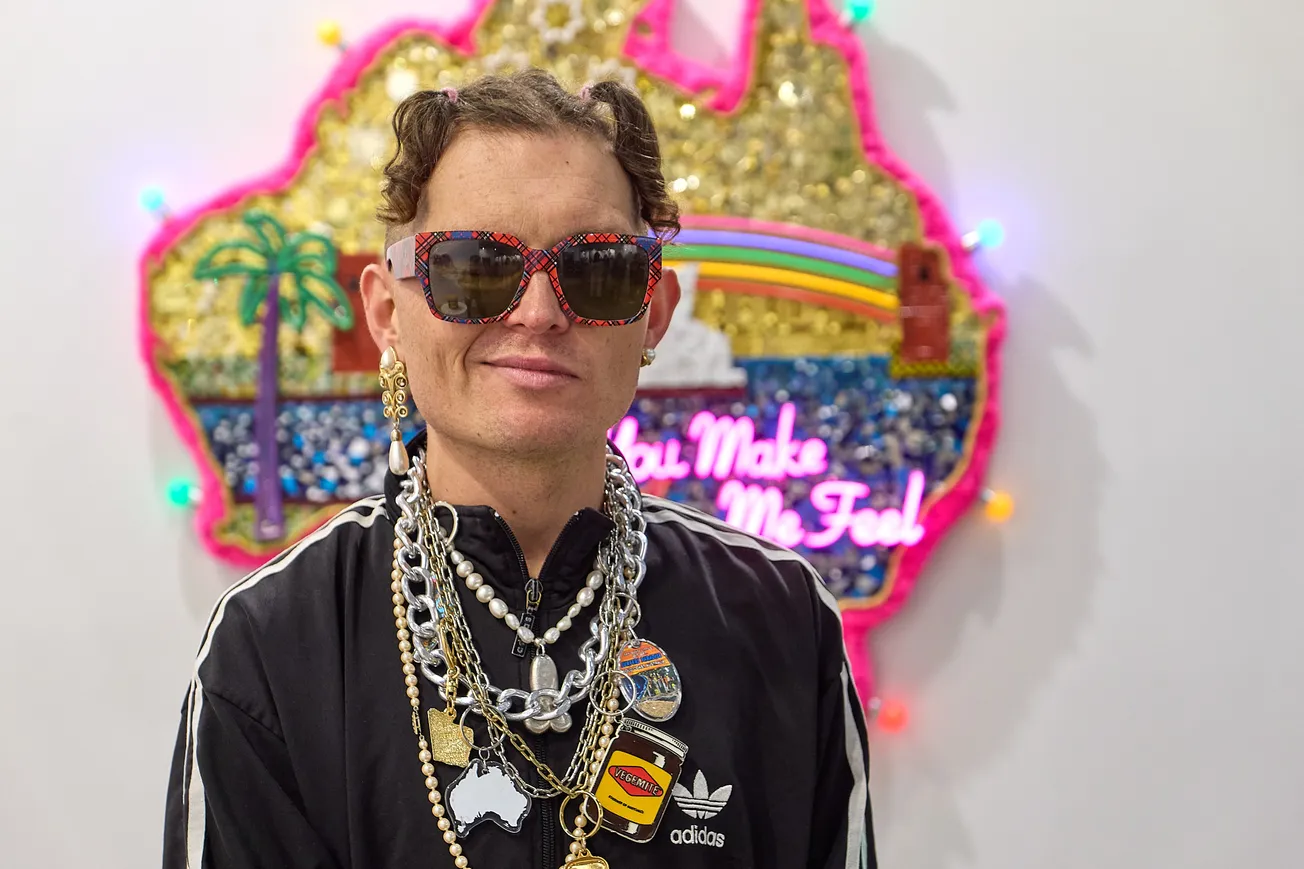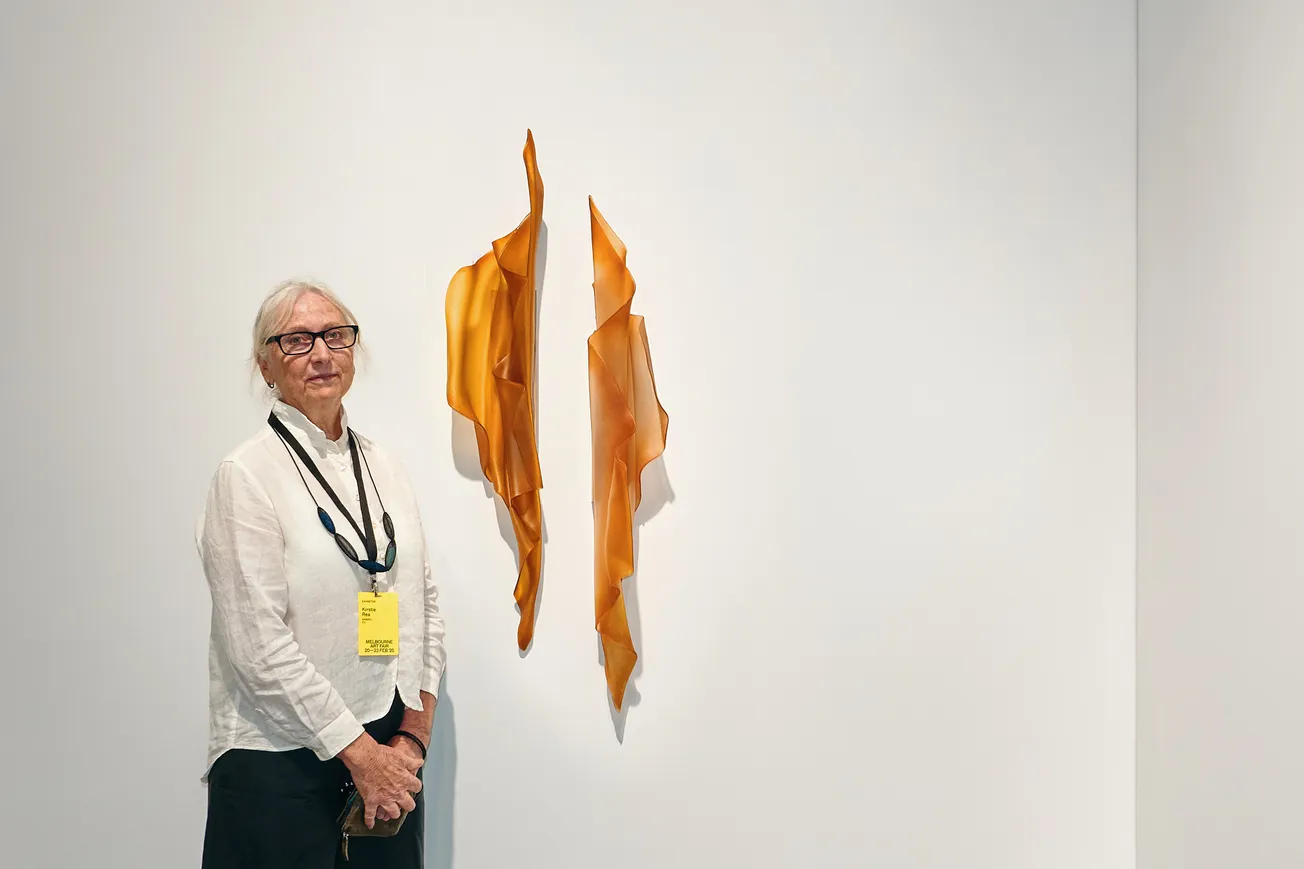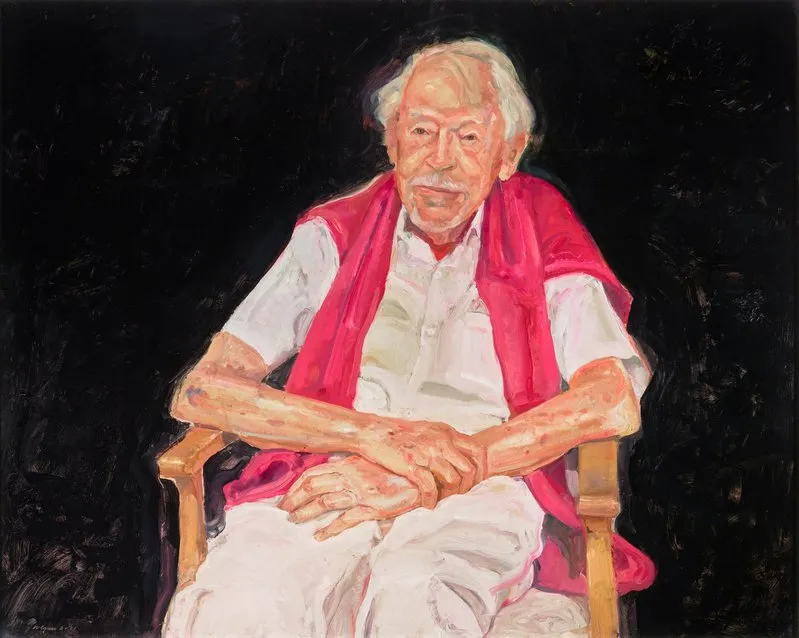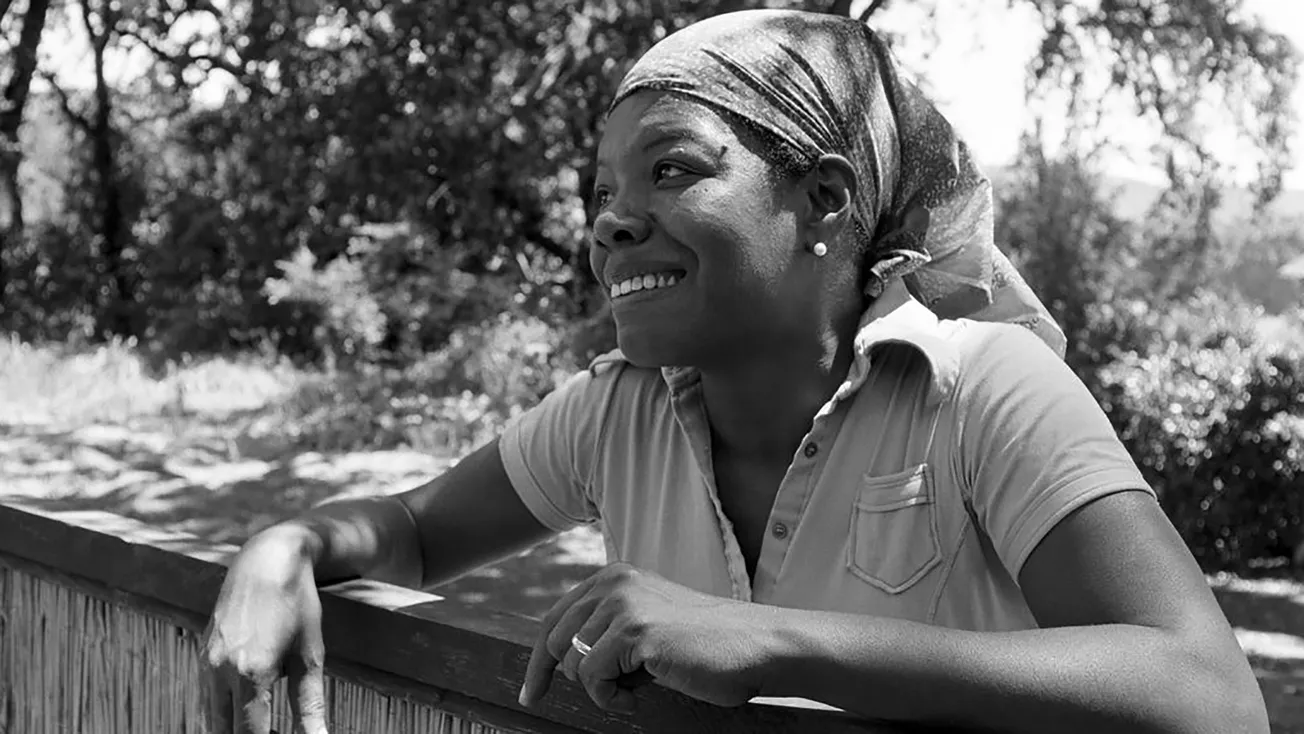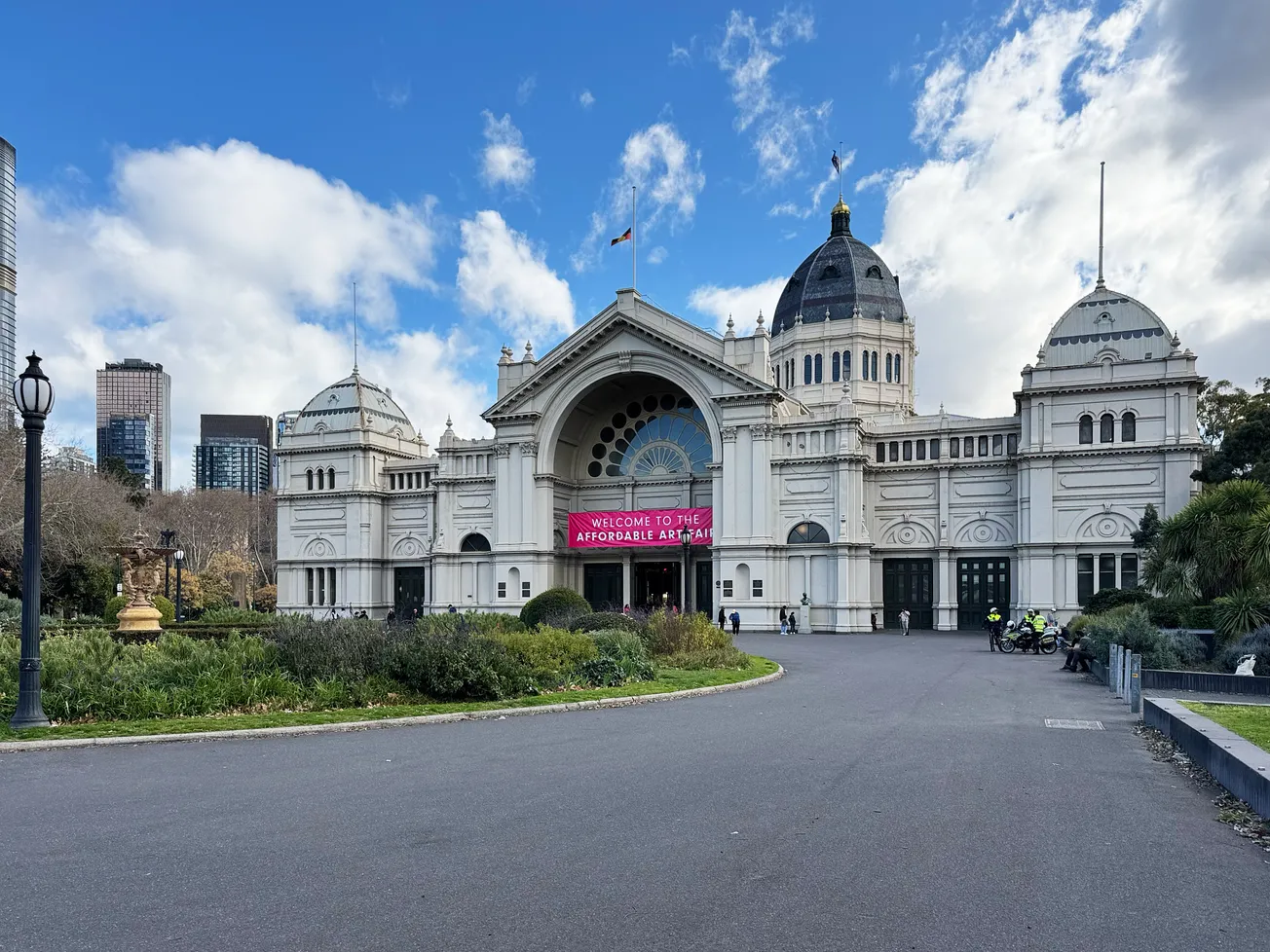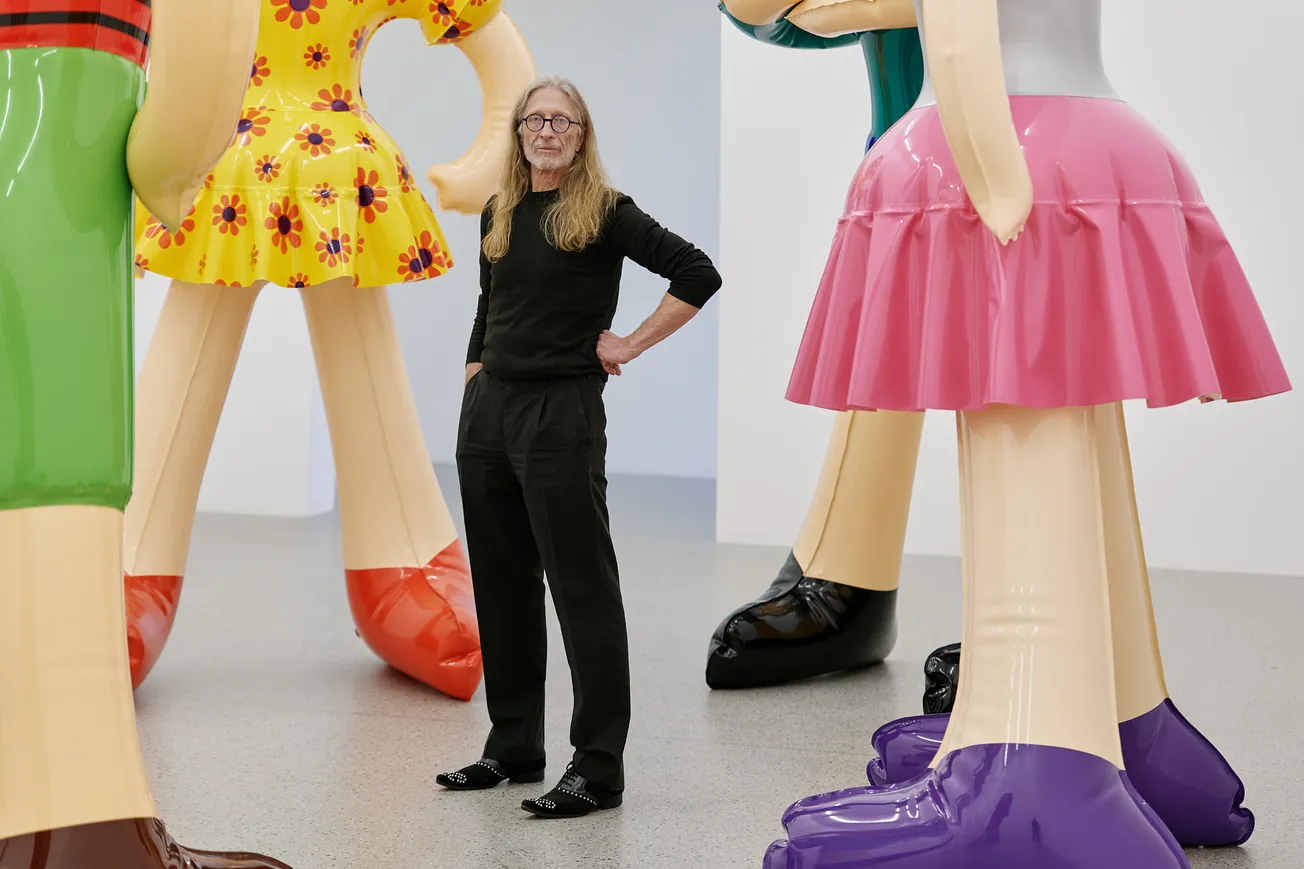Table of Contents
| Title: | Cat Poljski & Louise Blyton - Alliance 2 |
| Duration: | 06:22 |
| Year: | 2023 |
| Director/DOP: | Peter M Lamont |
| Music: | Peter M Lamont |
Alliance 2
"Alliance 2" is a collaborative exhibition by Australian artists Cat Poljski and Louise Blyton, held at the Queenscliff Gallery from August 3 to August 20, 2023.
Cat Poljski is a Melbourne-based artist and printmaker whose work explores the constructed world, blending real and imagined spaces. Her pieces often feature layered images of urban architecture from cities like Melbourne, Tokyo, New York, London, and Paris, utilizing techniques such as etching, aquatint, and relief printing.
Louise Blyton, also from Melbourne, is a reductive artist focusing on the interplay of raw linen and dry pigment. Her geometric canvases delve into color, light, and form, emphasizing simplicity and craftsmanship. Blyton's works often take the form of shaped canvases or three-dimensional wall sculptures, aiming to create a quiet, harmonious experience for the viewer.
"Alliance 2" marks the second collaboration between Poljski and Blyton, following their initial joint exhibition, "The Alliance," at Neospace in Melbourne in 2018.
This exhibition continues their exploration of abstract forms and urban landscapes, offering a dialogue between their distinct yet complementary artistic practices.
About Art collaborations
Collaborations between modern artists are fascinating because they bring together different creative visions, often resulting in unexpected and innovative works. Collaborations don't necessarily mean working on the same piece; often they provide compelling inspiration through thoughtful and often competitive discussion. Warhol was known to compain that Basquiat would often paint over his work. Here are some notable collaborations in modern art:
1. Andy Warhol & Jean-Michel Basquiat
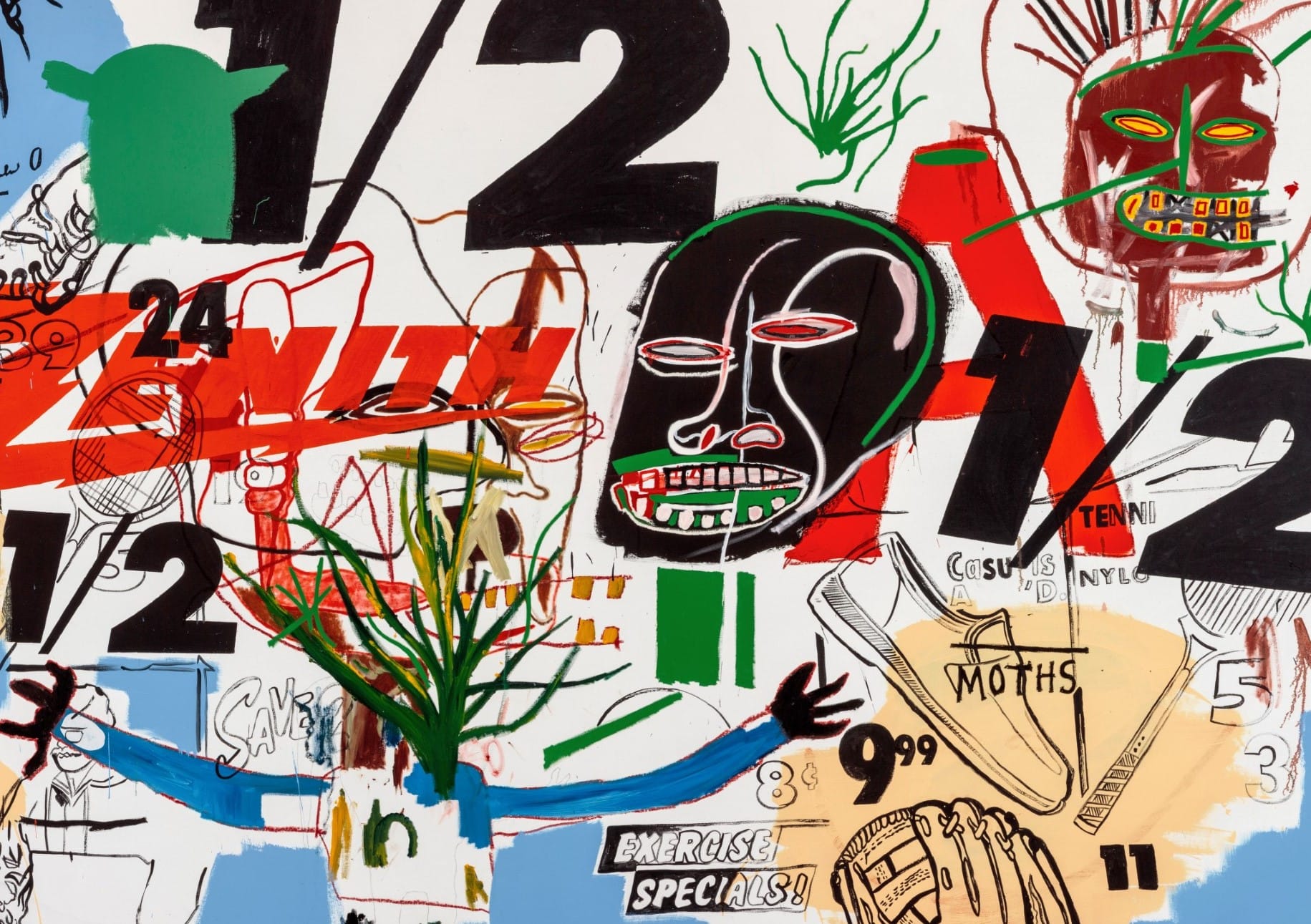
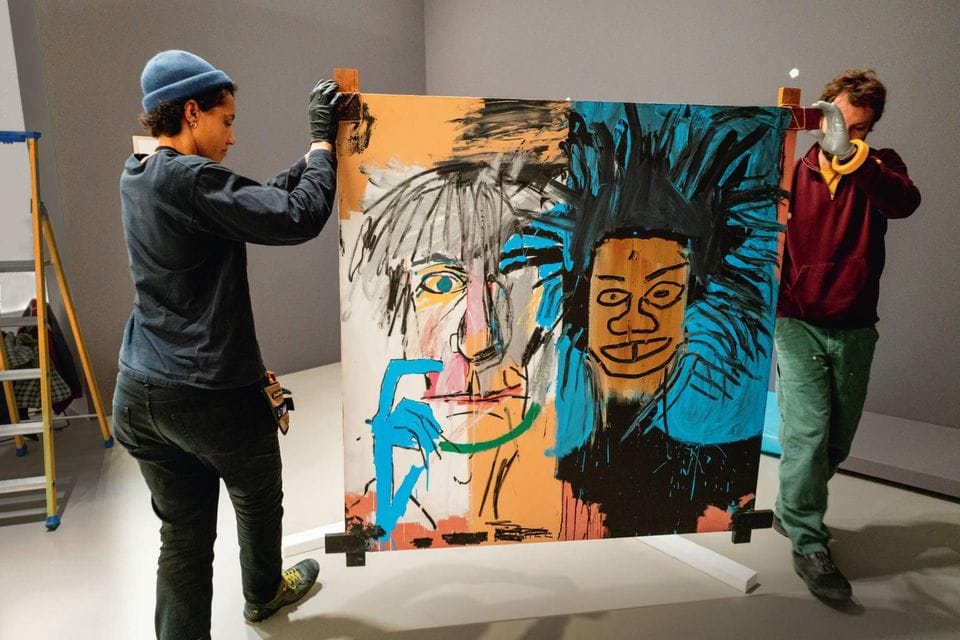
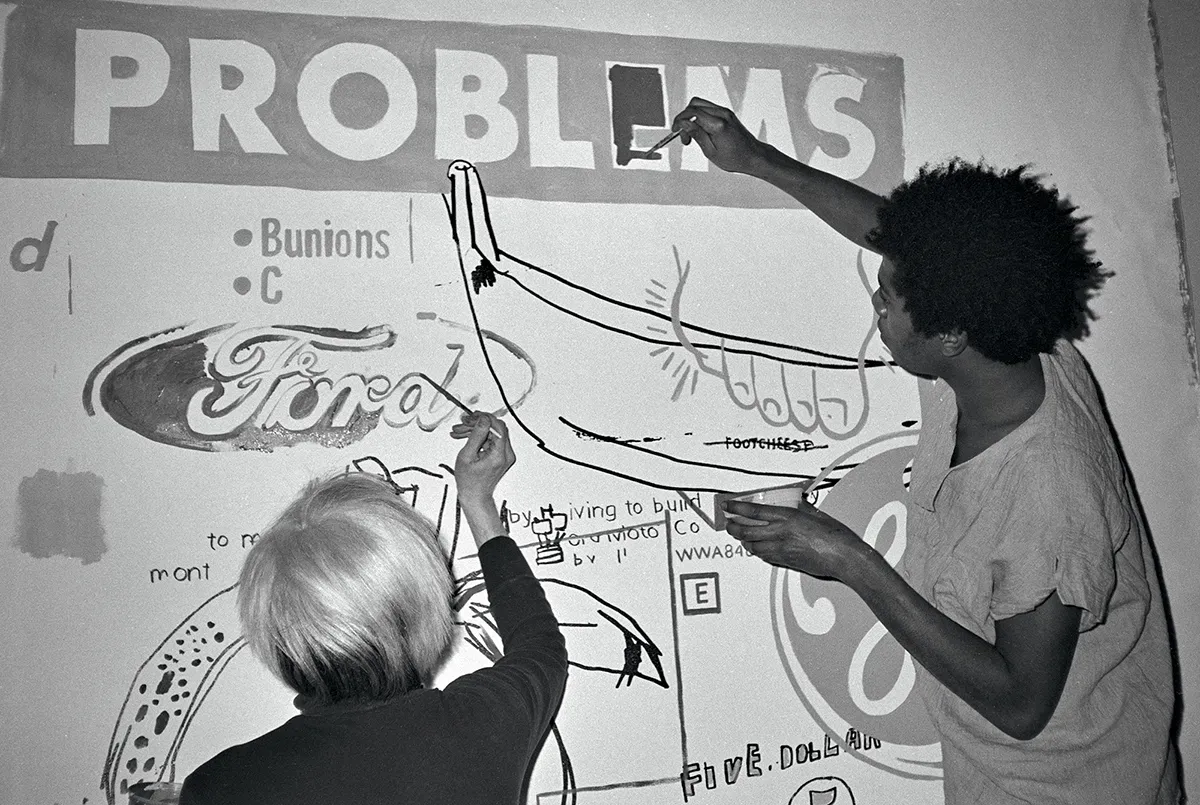
- Who They Were: Andy Warhol was a leading figure in the Pop Art movement, known for his iconic images of consumer goods and celebrities. Jean-Michel Basquiat was a neo-expressionist artist whose work often reflected social issues like race, poverty, and cultural identity.
- The Collaboration: Warhol and Basquiat began collaborating in the early 1980s. Warhol’s interest in mechanical processes like screen printing complemented Basquiat's raw and expressive style. Together, they produced a series of works that combined Warhol’s polished, iconic motifs with Basquiat’s frenetic, graffiti-like marks. These collaborations were celebrated for bridging the gap between different generations and aesthetics in the art world.
- Impact: Their works often featured symbolic and commercial imagery, exploring themes of fame, commodification, and power. Although they initially received mixed reviews, these collaborations are now seen as a testament to the dynamic interaction of their unique artistic styles.
2. Marina Abramović & Ulay
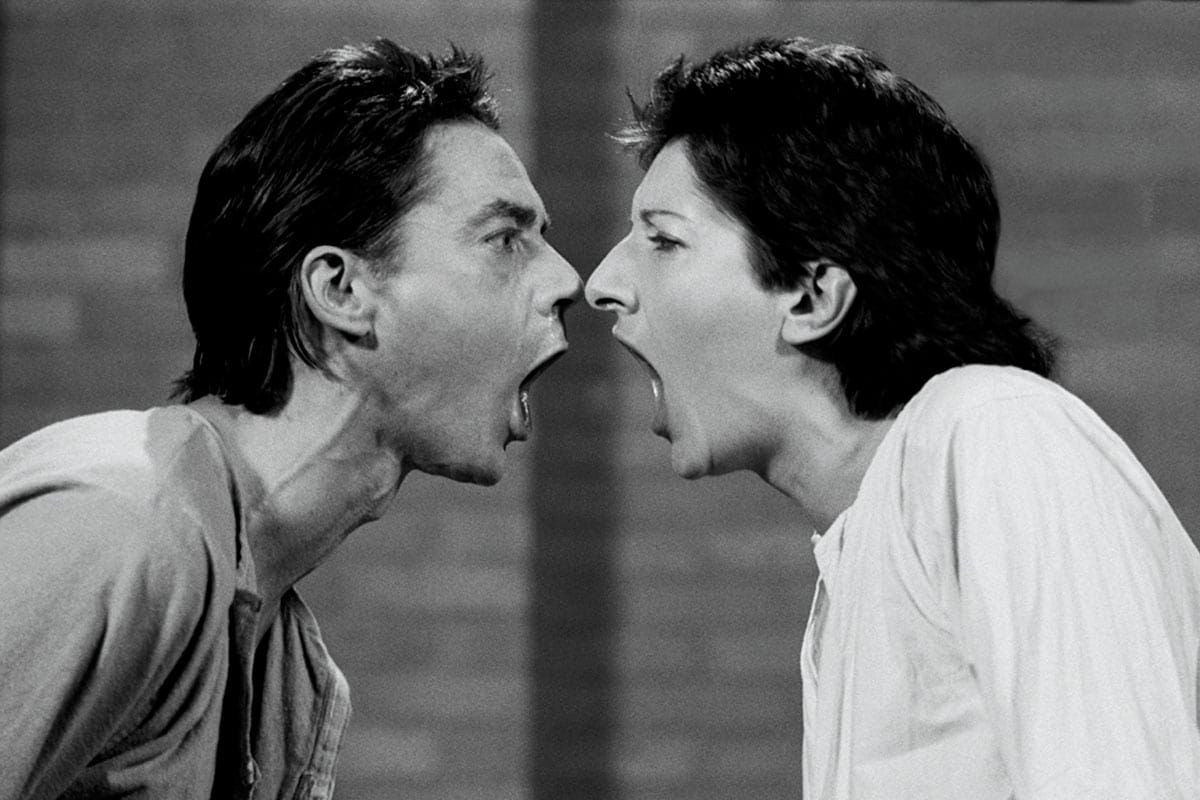
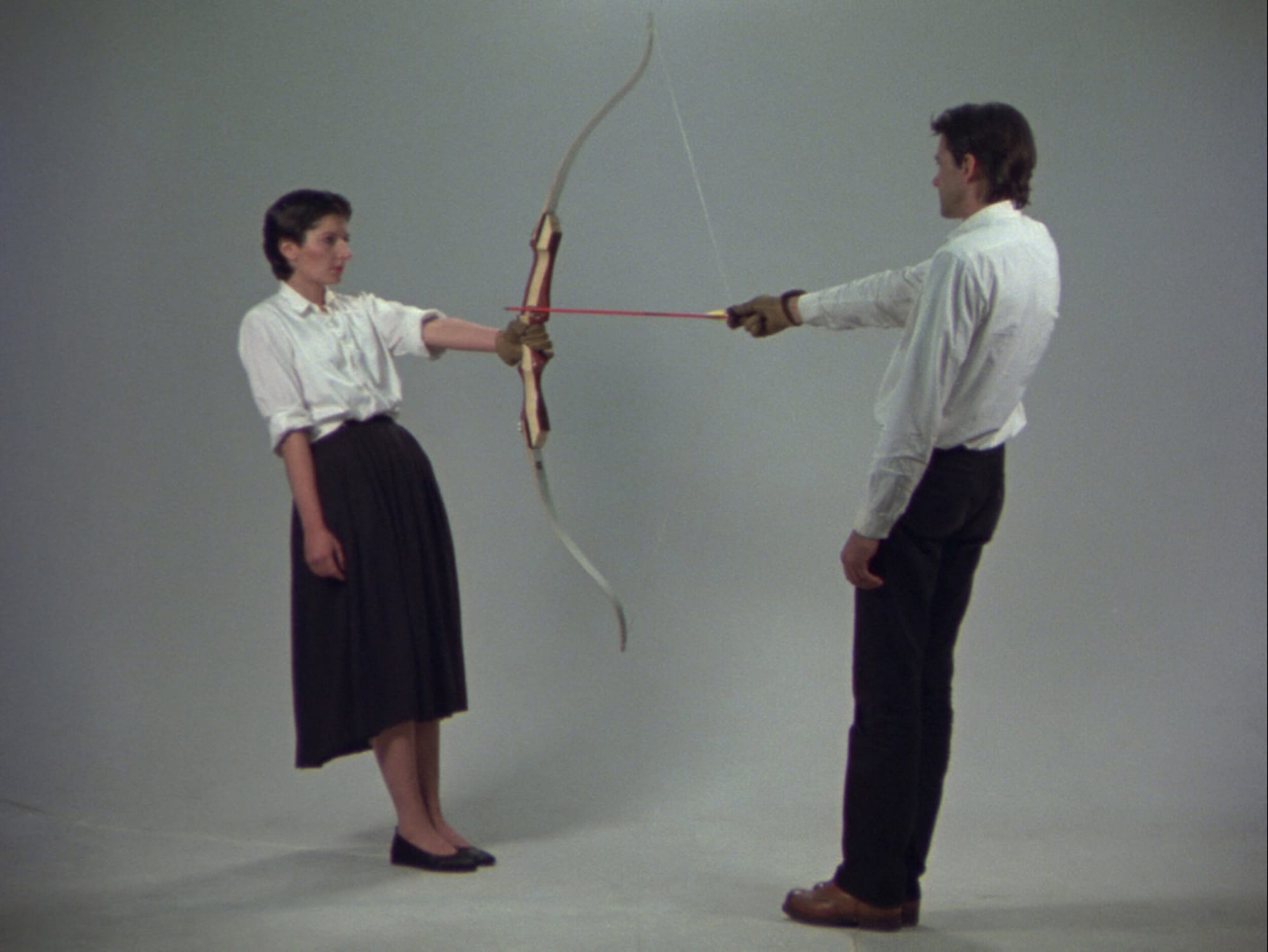
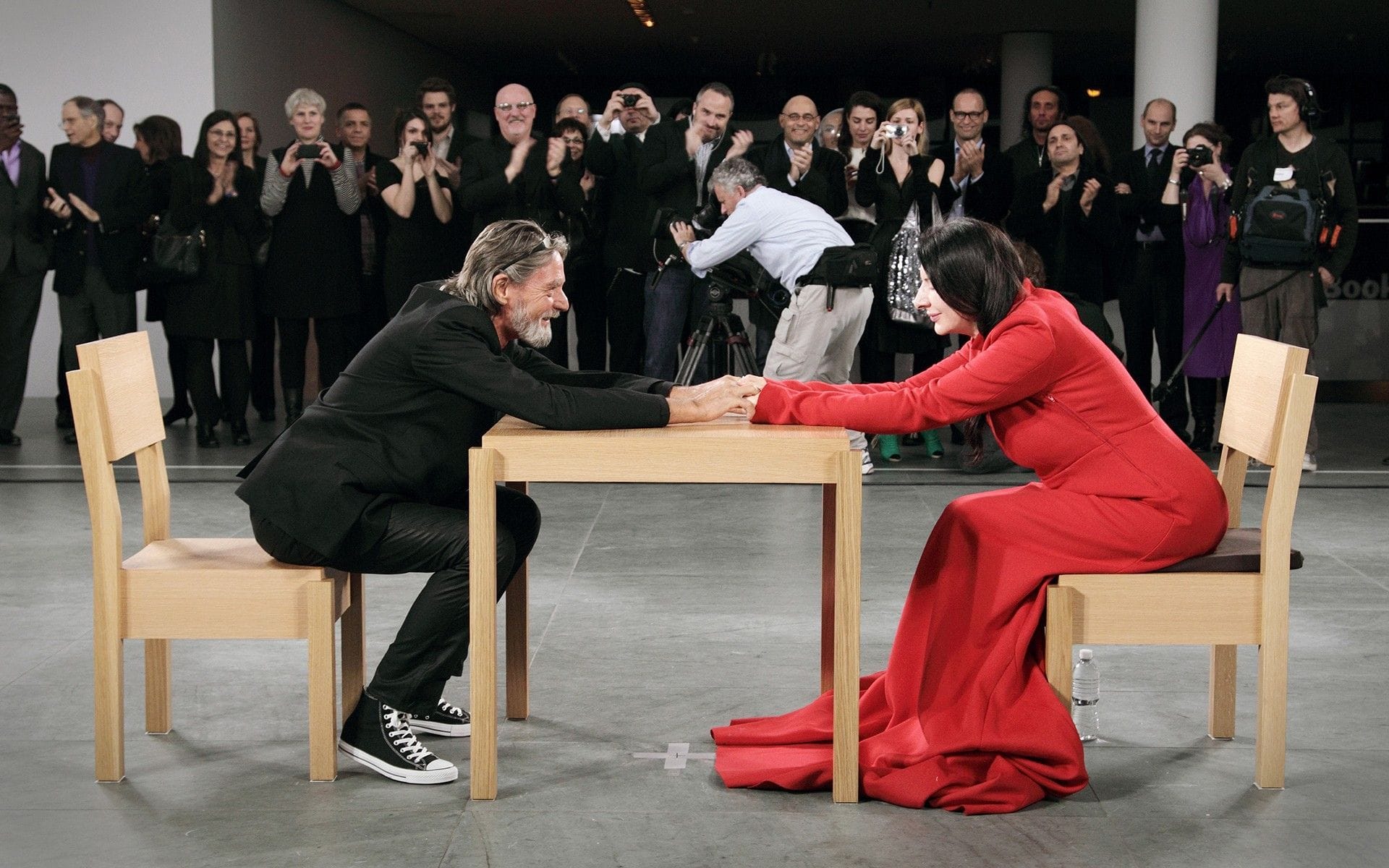
- Who They Were: Marina Abramović, often called the "grandmother of performance art," has pushed the boundaries of the body and mind through endurance-based works. Ulay, a German artist, was her partner in both art and life for over a decade.
- The Collaboration: Abramović and Ulay collaborated on a series of performance pieces from the mid-1970s until the late 1980s. Their performances often explored the themes of trust, love, identity, and duality. One iconic piece, “The Lovers,” involved walking towards each other from opposite ends of the Great Wall of China to say a final goodbye.
- Impact: Their intense performances addressed vulnerability and the tension between individuals. Their final work, “The Lovers,” marked the end of their relationship and artistic collaboration, showcasing the deeply personal nature of their art.
3. Pablo Picasso & Georges Braque
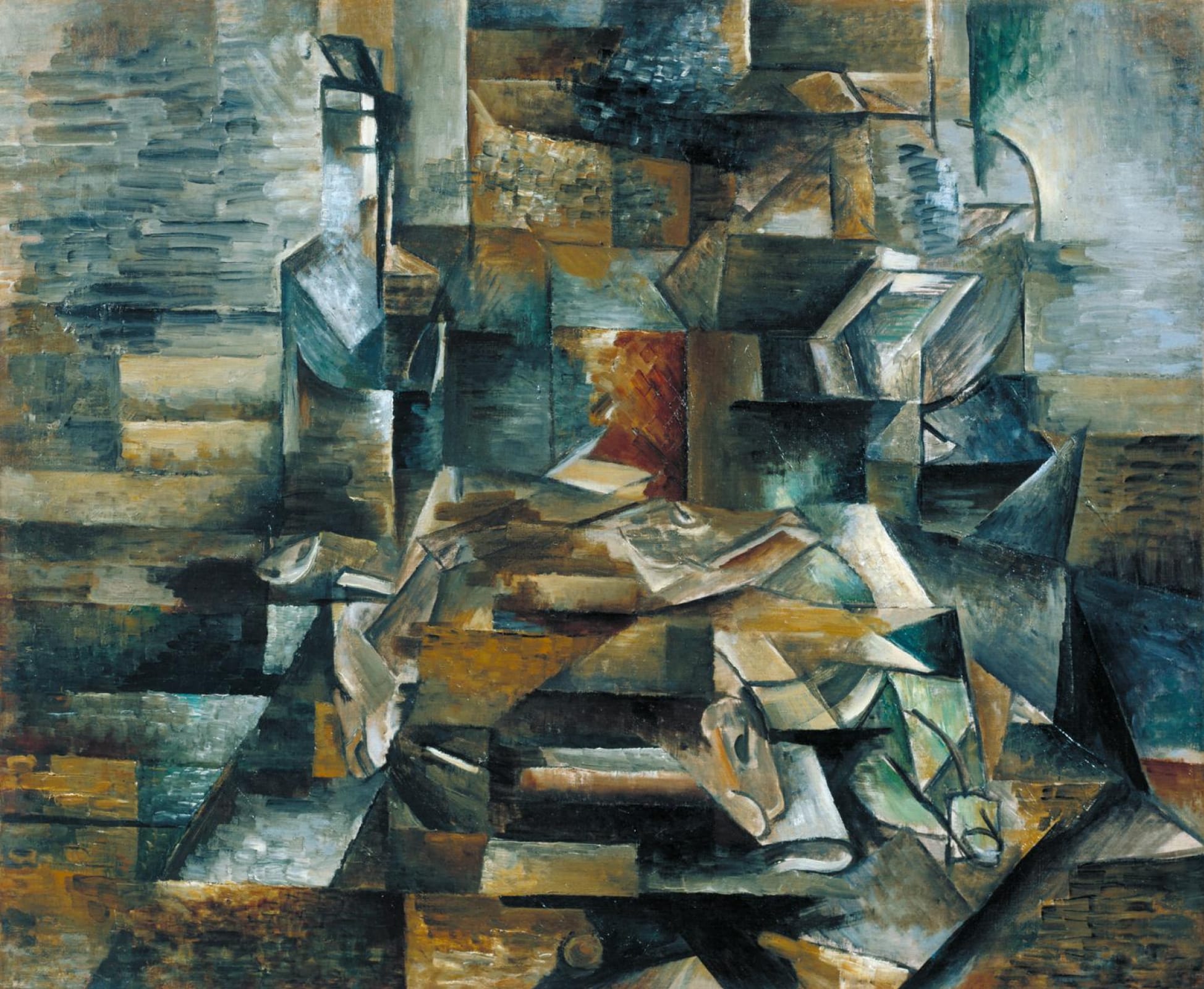
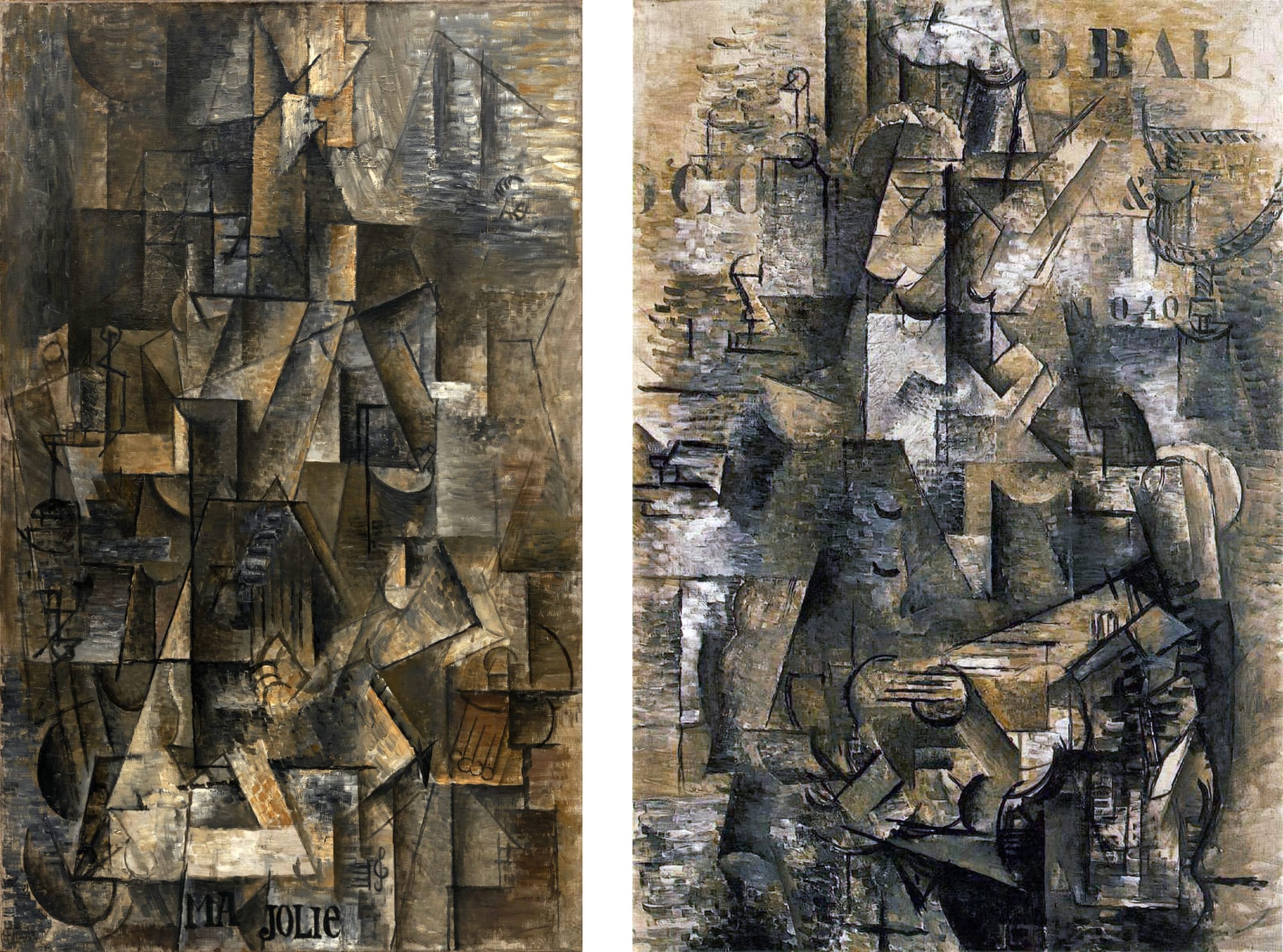
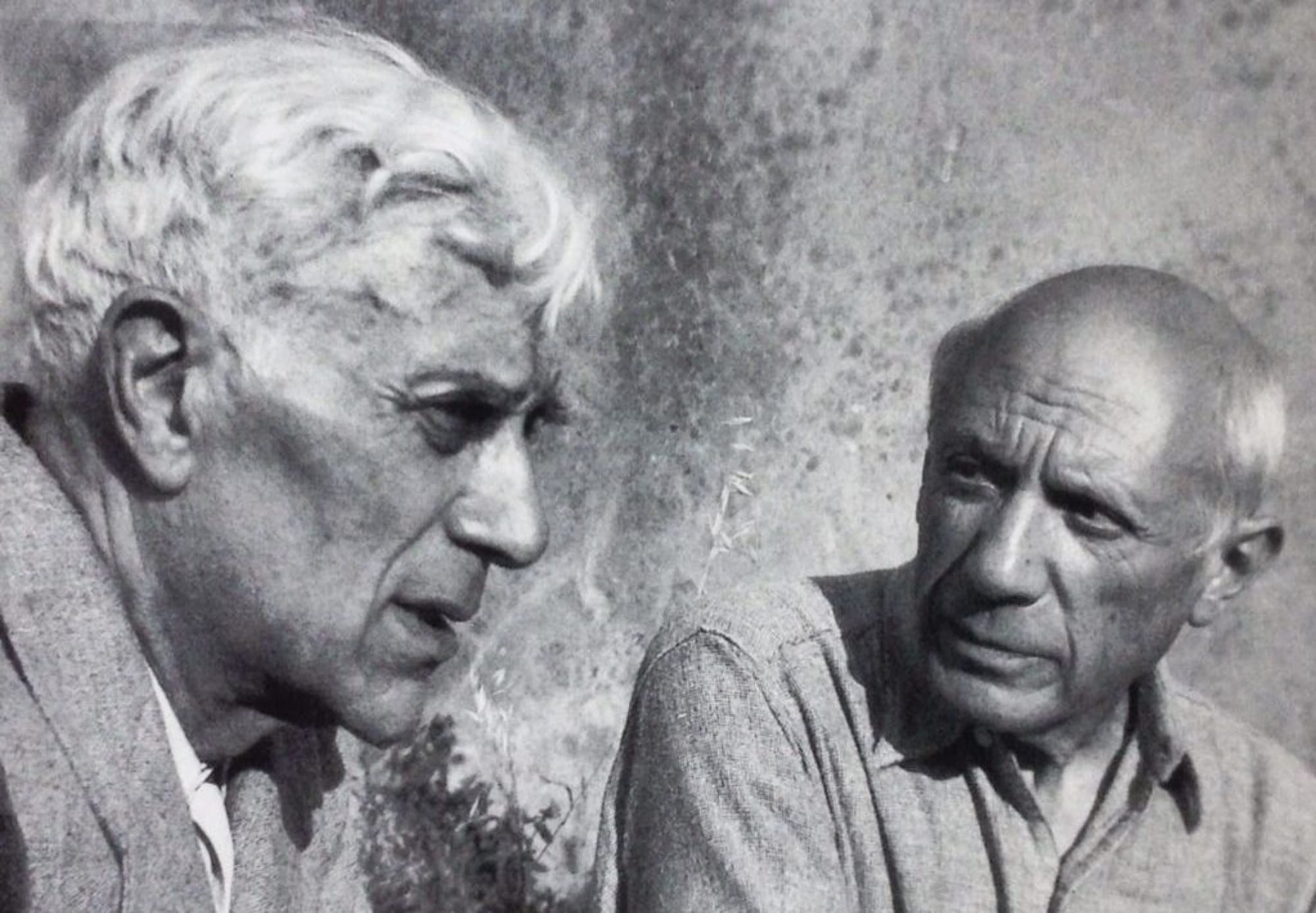
- Who They Were: Pablo Picasso and Georges Braque were pioneers of Cubism, one of the most revolutionary art movements of the 20th century.
- The Collaboration: Between 1908 and 1914, Picasso and Braque worked closely, often side by side, exchanging ideas and pushing each other’s work forward. Their partnership was so collaborative that their works during this period were often indistinguishable.
- Impact: Together, they deconstructed forms and reassembled them using geometric shapes, creating a radical new approach to perspective and representation. This foundational work paved the way for future abstraction and had a profound influence on the development of modern art.
4. Salvador Dalí & Luis Buñuel
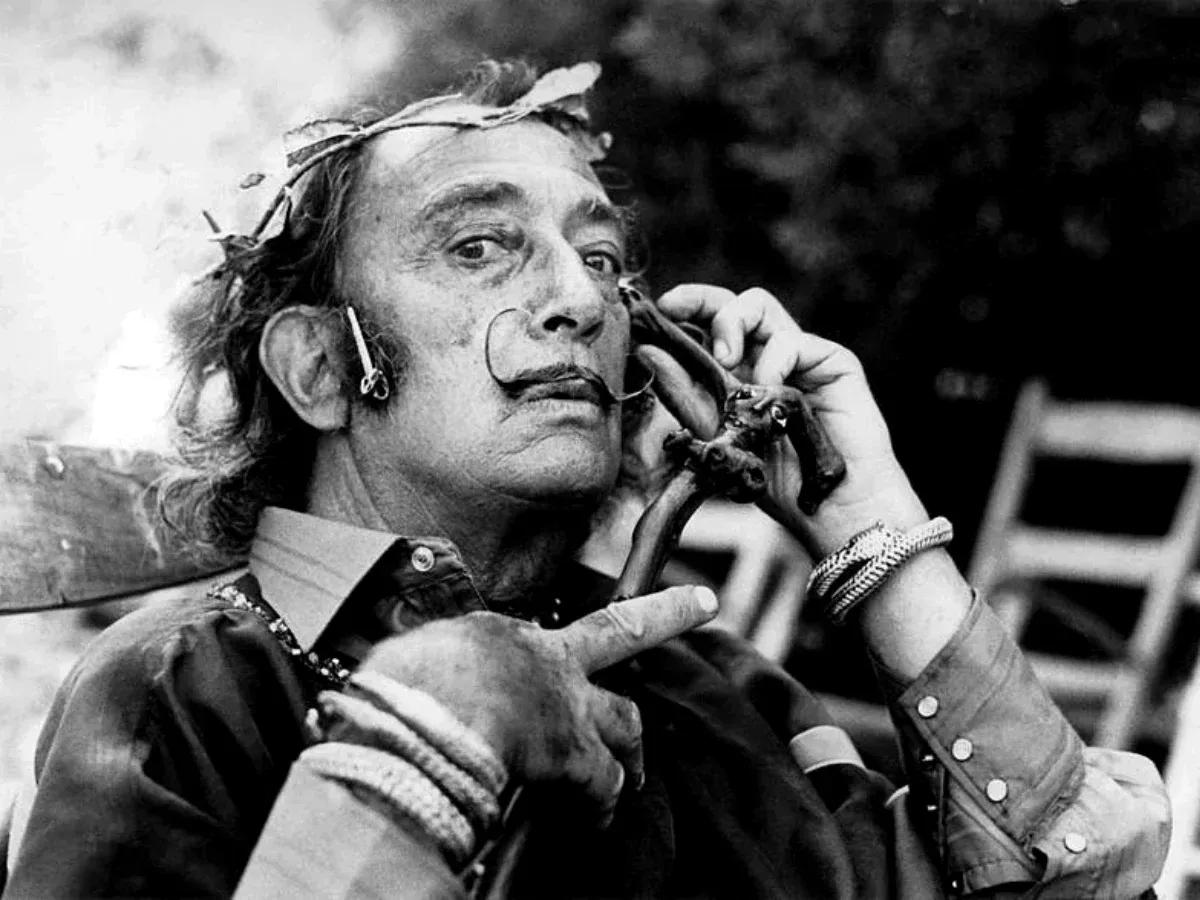
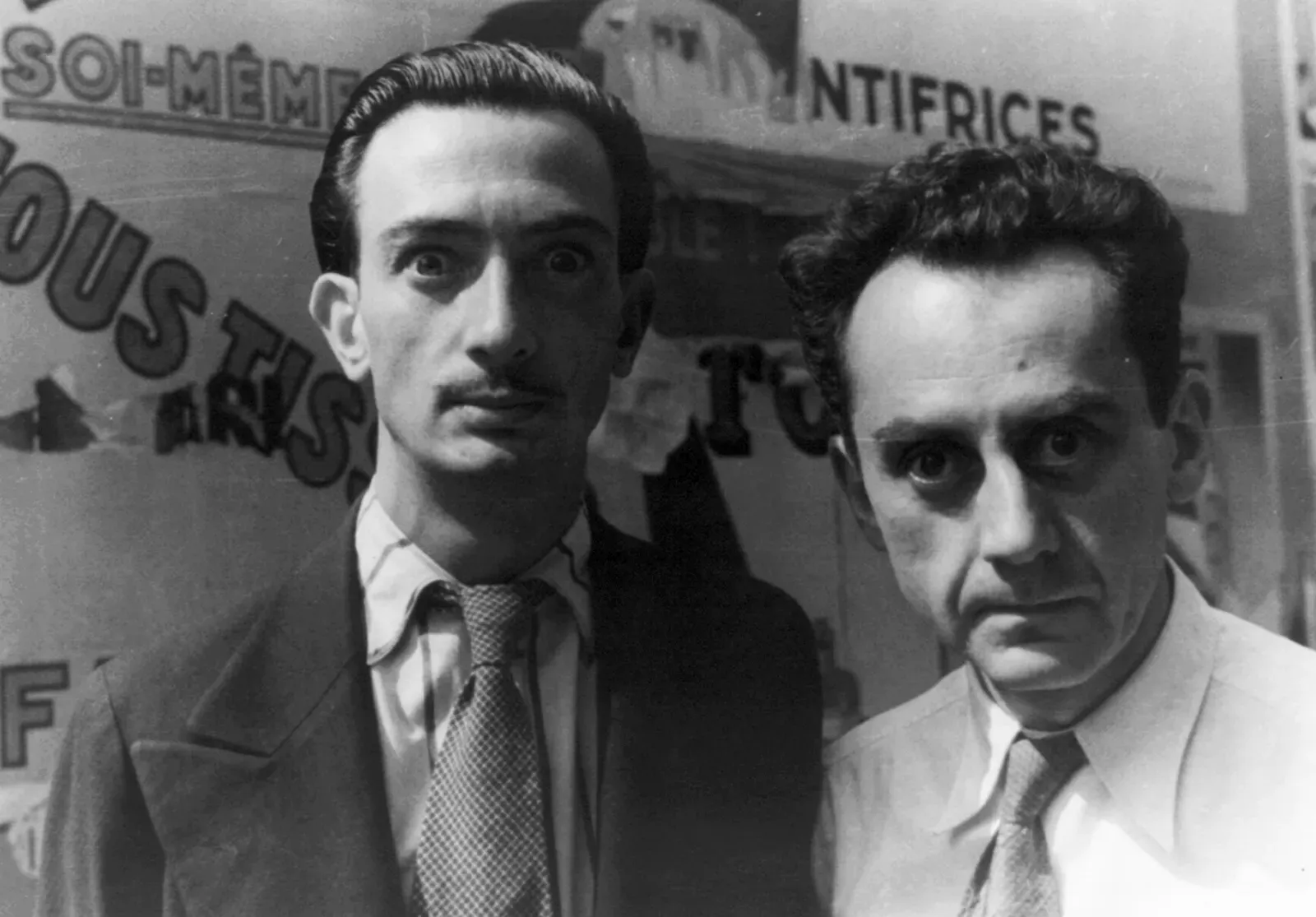
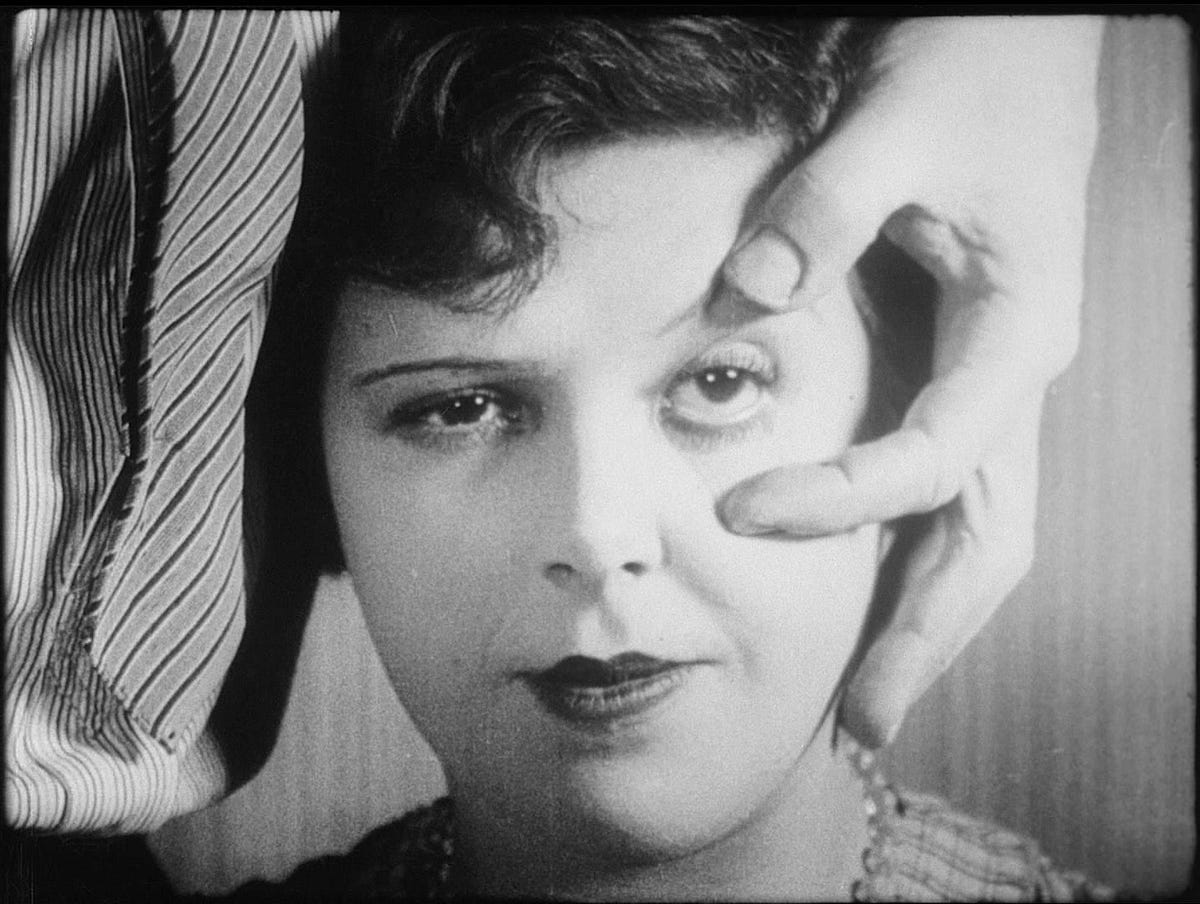
- Who They Were: Salvador Dalí was a leading surrealist artist known for his dreamlike, bizarre imagery. Luis Buñuel was a filmmaker who shared Dalí's interest in the surreal and absurd.
- The Collaboration: Dalí and Buñuel collaborated on two films, "Un Chien Andalou" (1929) and "L’Age d’Or" (1930). Both films are famous for their shocking, dream-like sequences and disregard for conventional narrative structures.
- Impact: Their films were groundbreaking in the surrealist movement, challenging the boundaries of film and art. They have inspired countless filmmakers and artists interested in exploring the unconscious and non-linear storytelling.
5. Christo & Jeanne-Claude
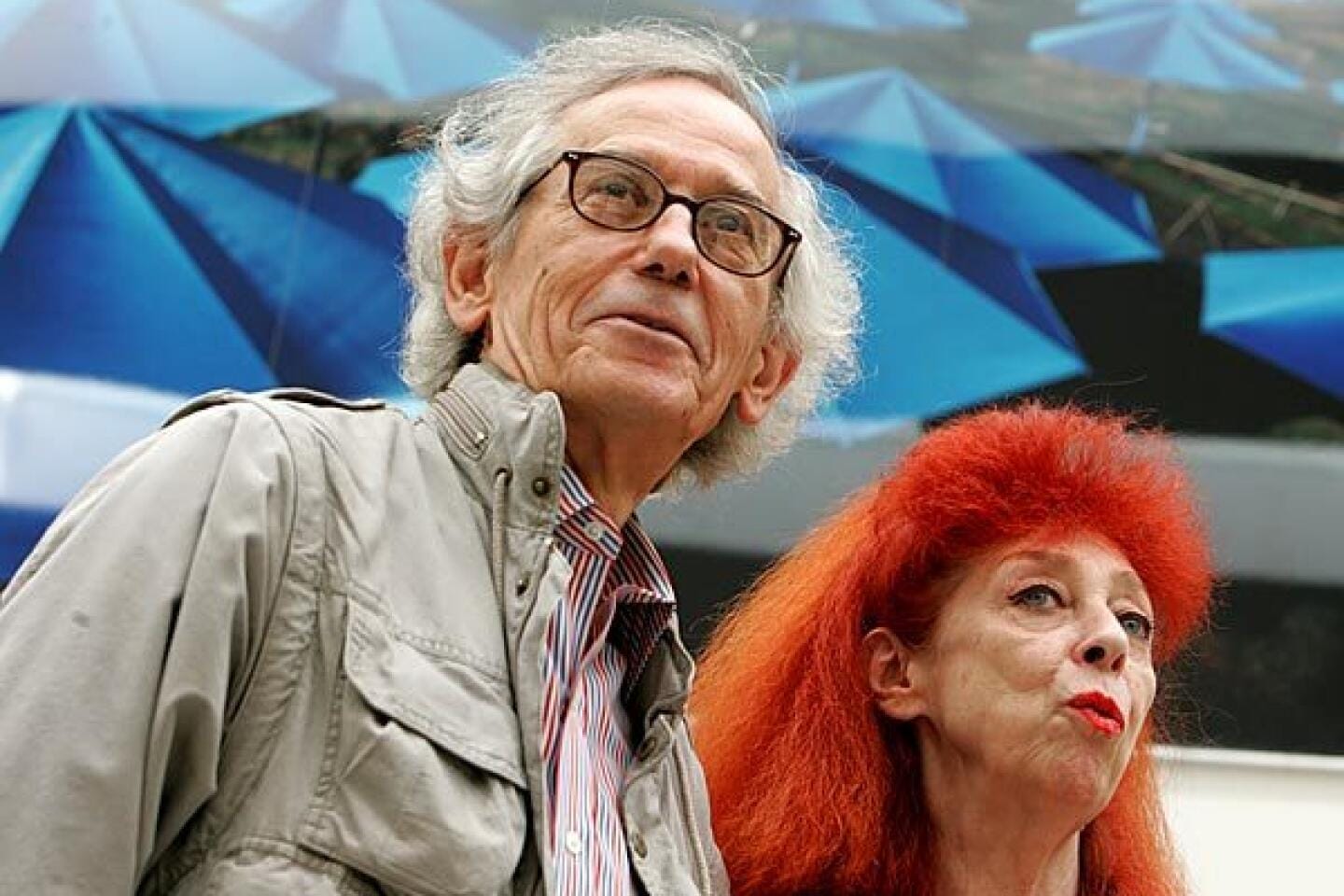
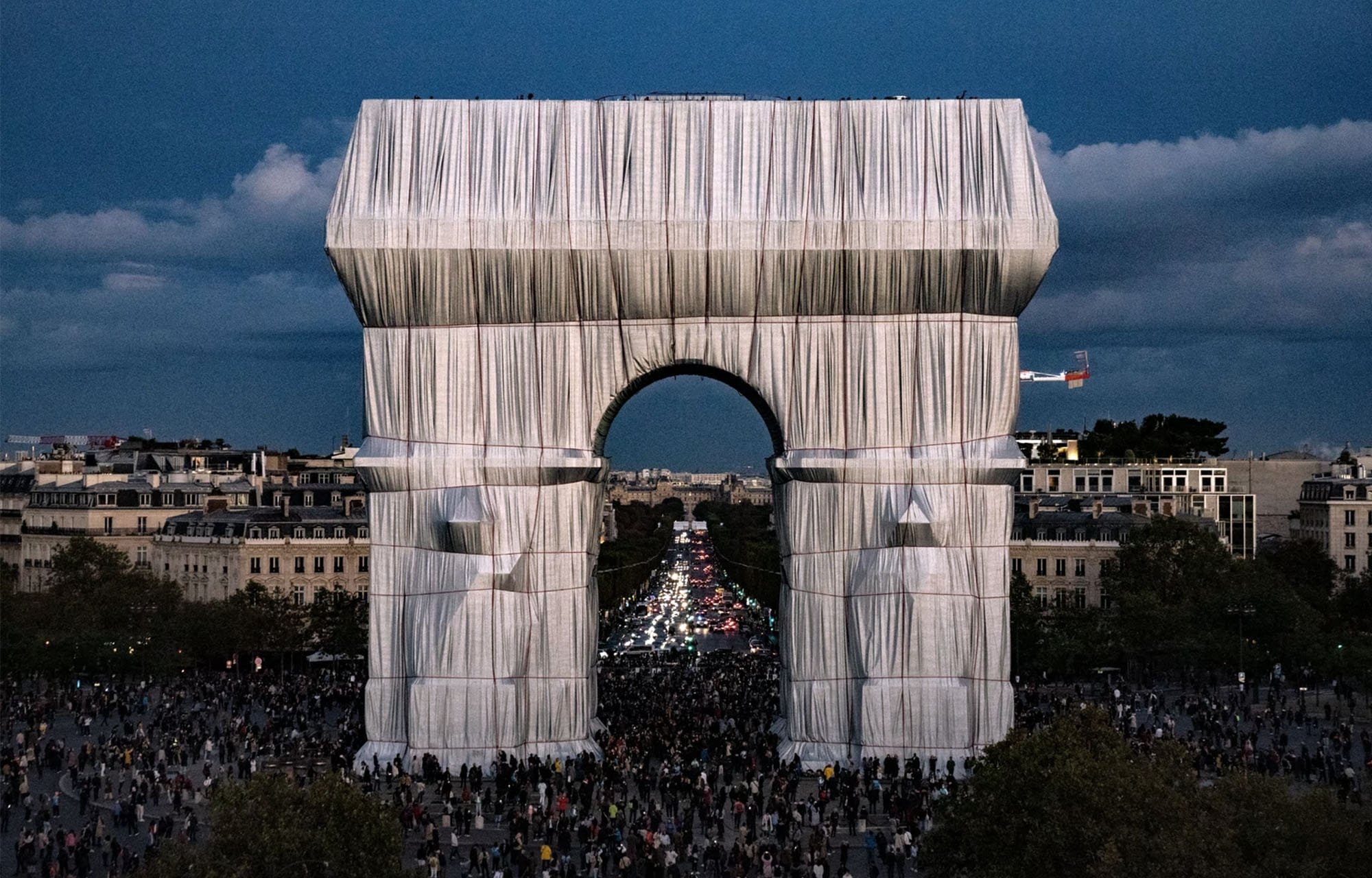
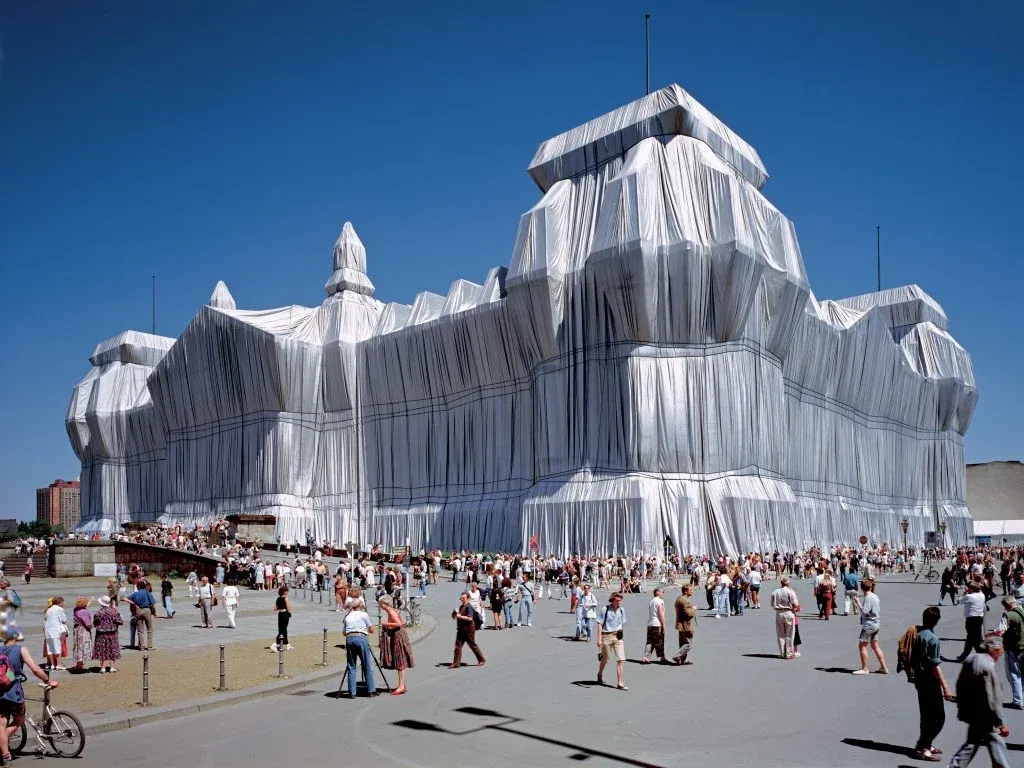
- Who They Were: Christo and Jeanne-Claude were a married couple known for their large-scale environmental works. They specialized in wrapping buildings, landscapes, and monuments in fabric, temporarily transforming familiar environments into extraordinary spectacles.
- The Collaboration: Christo and Jeanne-Claude collaborated on all their projects, including iconic works like "The Gates" in Central Park, New York City (2005), and "Wrapped Reichstag" in Berlin (1995). Jeanne-Claude managed the logistics and advocacy for their projects, while Christo focused on conceptual and artistic elements.
- Impact: Their works redefined the relationship between art, landscape, and audience. The temporary nature of their installations emphasized the beauty of impermanence and collective experience, and their work often involved complex negotiations and massive public involvement.
6. Damien Hirst & Banksy
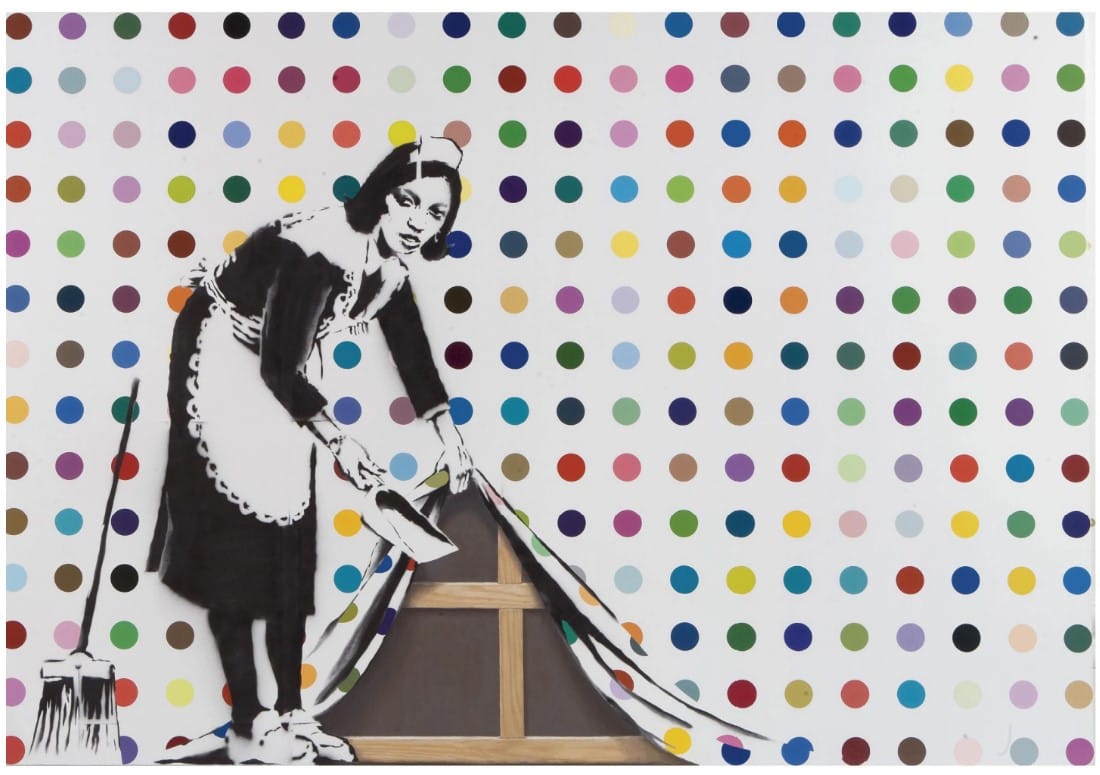
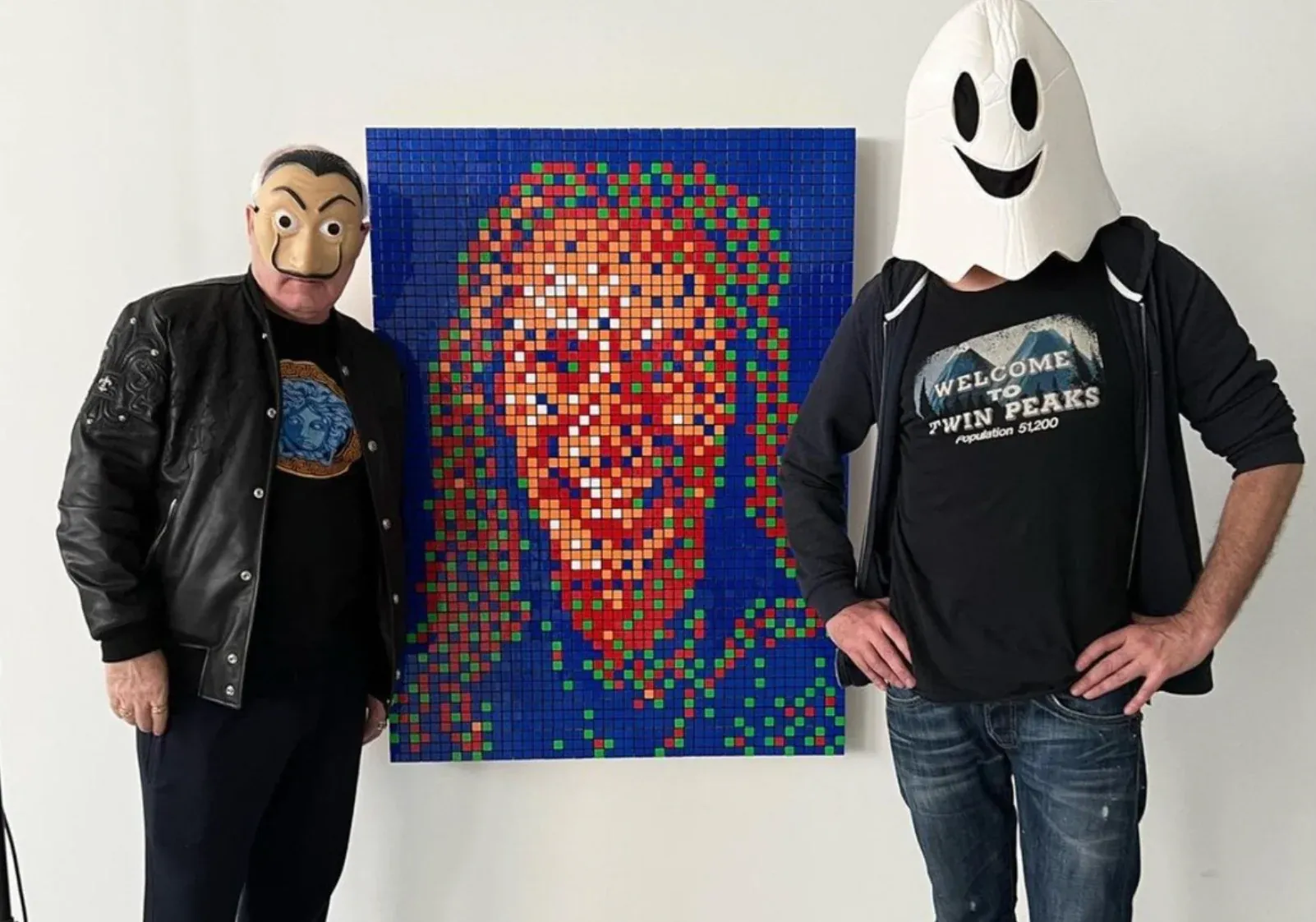
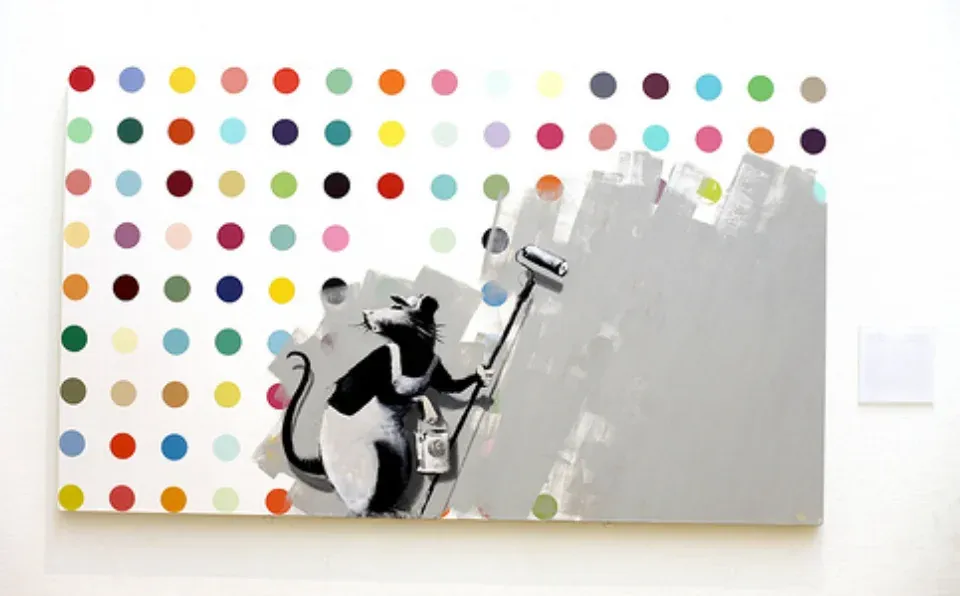
- Who They Were: Damien Hirst is known for his controversial works involving preserved animals and for exploring themes of life and death. Banksy, a pseudonymous street artist, is known for his politically charged, often subversive street art.
- The Collaboration: Banksy and Hirst collaborated on a piece called "Keep It Spotless" (2007), which was auctioned at Sotheby's to benefit RED, a charity aimed at combating AIDS in Africa. The work combined Banksy's stencil imagery with Hirst's signature “spot painting” motif.
- Impact: The collaboration united two very different approaches—Hirst’s gallery-oriented conceptual work and Banksy’s street art—bringing attention to social issues and highlighting the contrast between institutional and guerilla art.
7. Keith Haring & Jean-Michel Basquiat
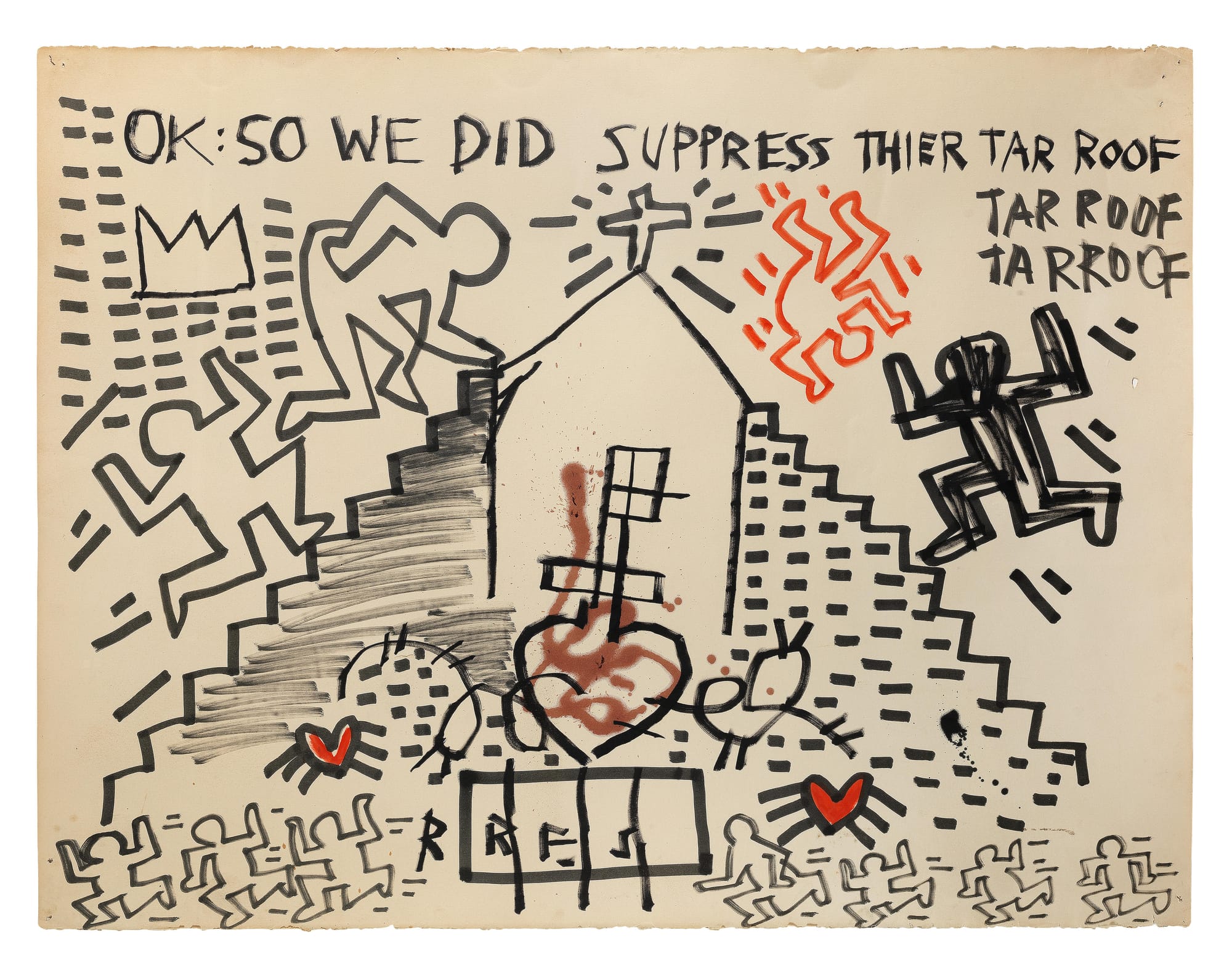
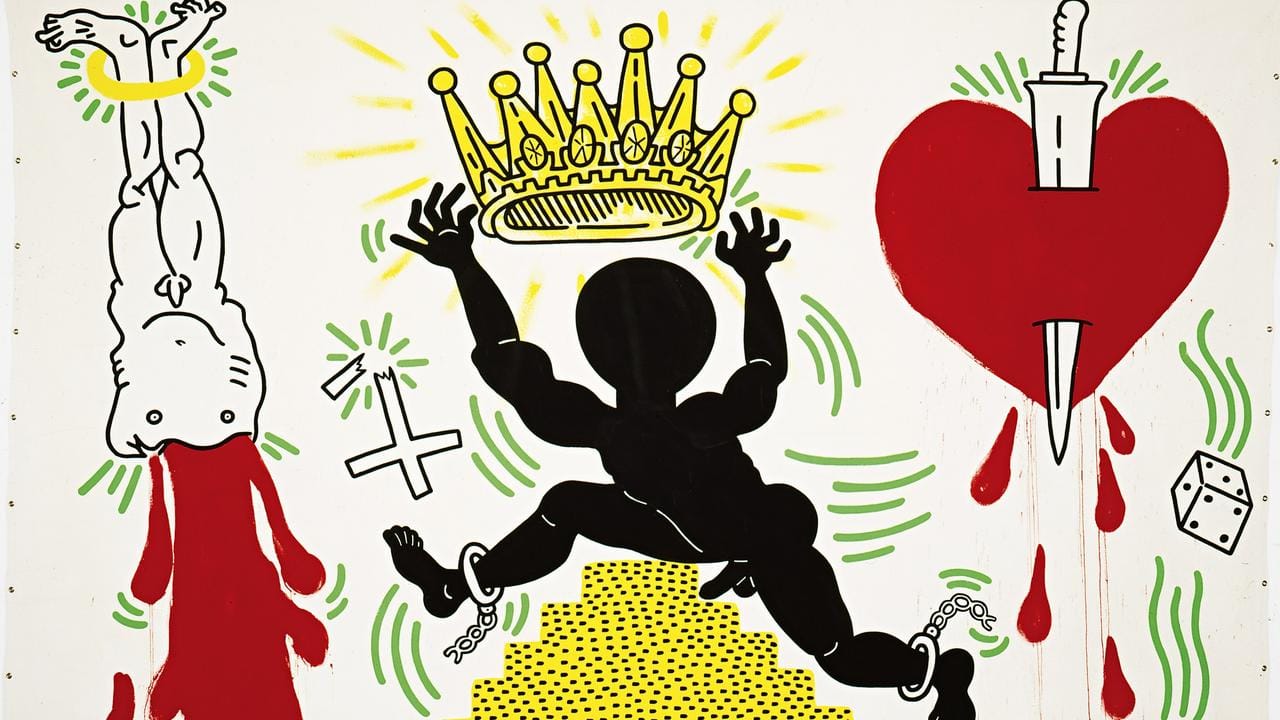
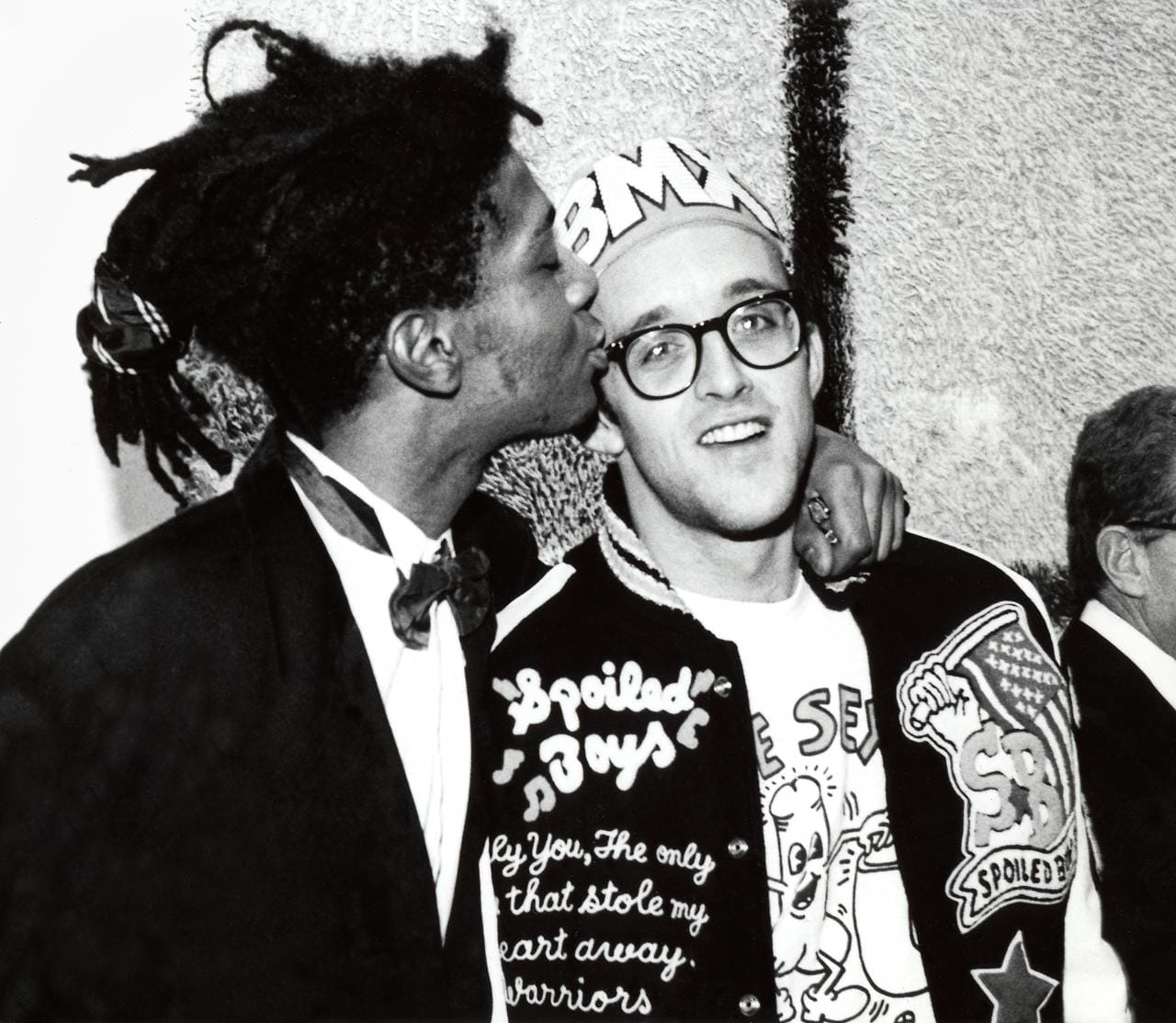
- Who They Were: Keith Haring was a graffiti artist whose work focused on social activism, blending cartoon-like figures with bold messaging. Basquiat, known for his expressive painting style, often dealt with themes of race, identity, and poverty. NGV Exhibition
- The Collaboration: Though they didn’t collaborate in the traditional sense of joint artworks, Haring and Basquiat were close friends and often inspired each other’s work. They supported each other’s careers, and Haring frequently incorporated Basquiat's influence into his murals and paintings.
- Impact: Their friendship represented a cultural moment in 1980s New York, as the city became a hub for graffiti art and creative counterculture. Together, they left a lasting impact on street art, pop culture, and the contemporary art scene.
8. Robert Rauschenberg & Jasper Johns
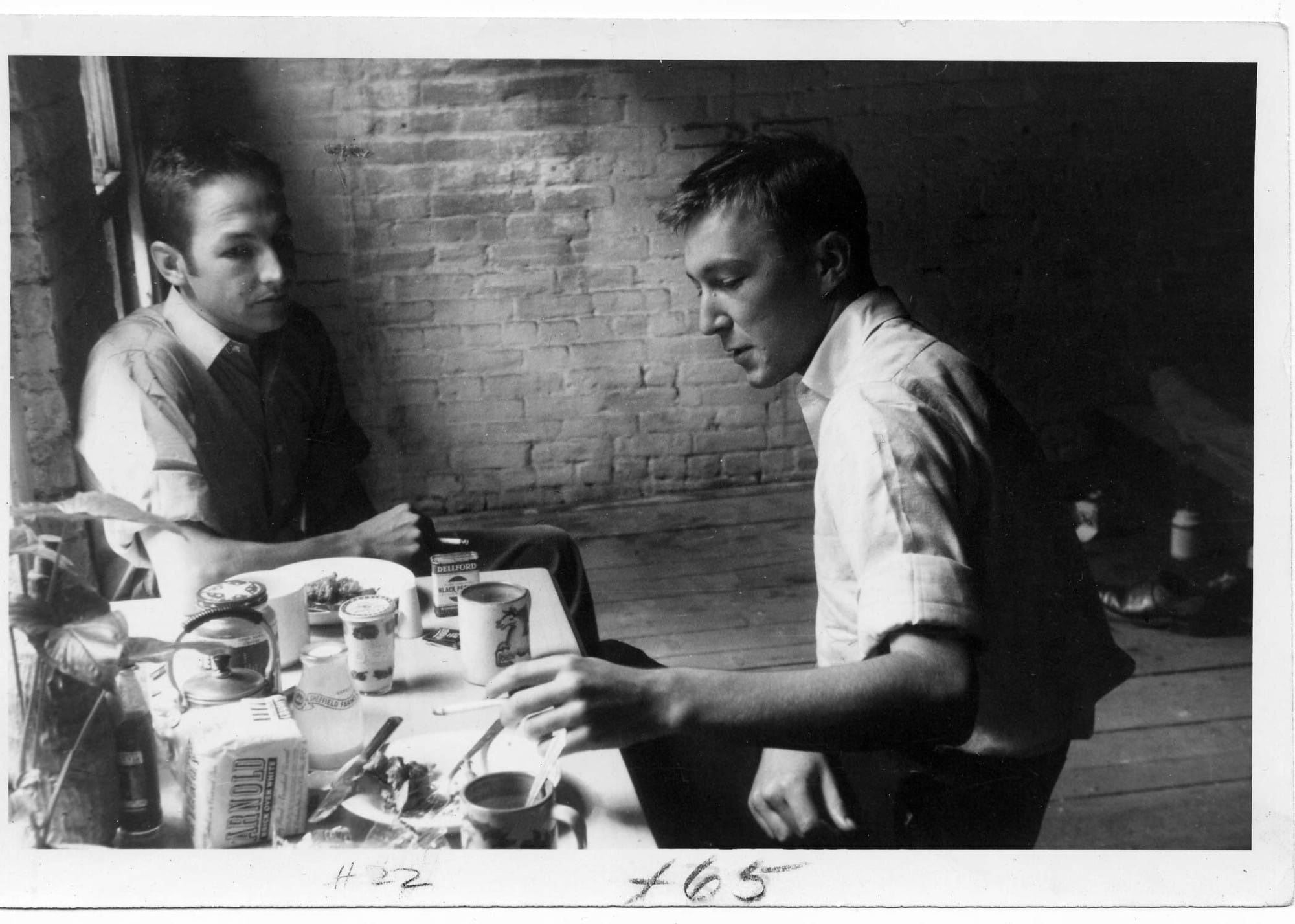
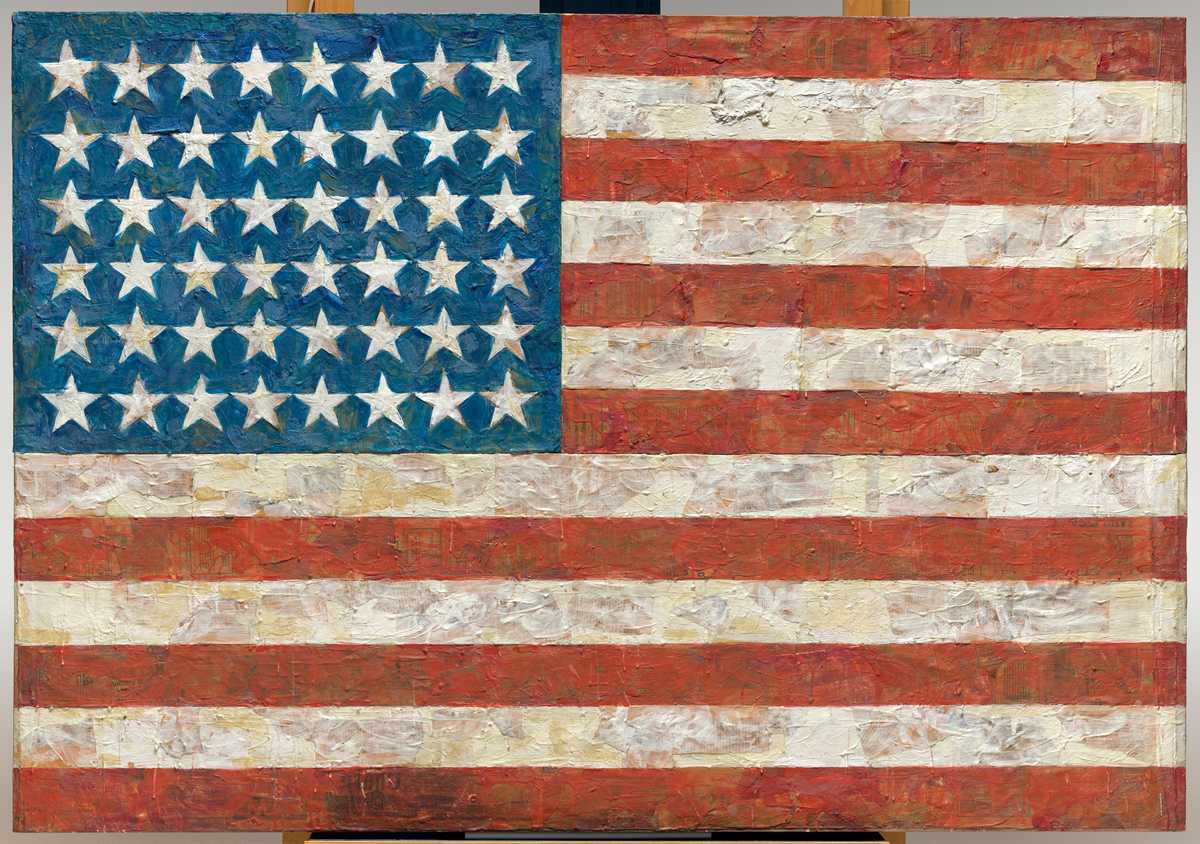
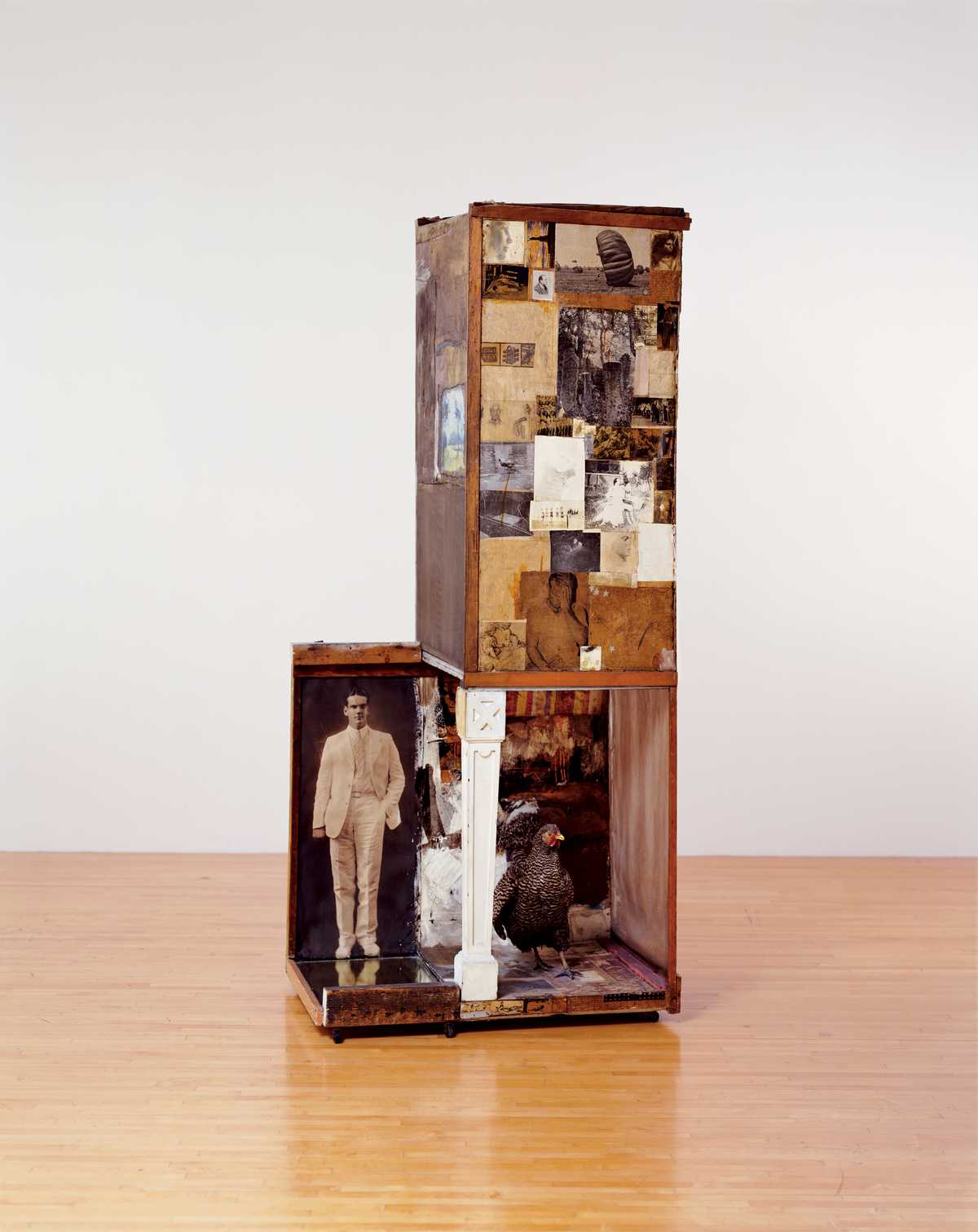
- Who They Were: Rauschenberg and Johns were part of the American post-war avant-garde. Rauschenberg was known for his "Combines," which blended painting and sculpture, while Johns used common symbols such as flags, targets, and numbers in his art. NGV Exhibition
- The Collaboration: During the 1950s, Rauschenberg and Johns had a close relationship, and although they didn’t collaborate on joint pieces, their influence on each other was profound. They challenged Abstract Expressionism, moving towards what became known as Neo-Dada or the roots of Pop Art.
- Impact: Their work marked a significant shift from the emotional intensity of Abstract Expressionism to a more conceptual approach that paved the way for Pop Art. They played off each other's ideas about everyday objects, symbols, and the boundaries between different media.
These collaborations demonstrate how artists often come together to push boundaries and reimagine creative possibilities, challenging each other’s perspectives to make something entirely new. Whether it’s through merging visual styles, experimenting with mediums, or working across disciplines, collaborations between modern artists have produced some of the most memorable and innovative art in history.

